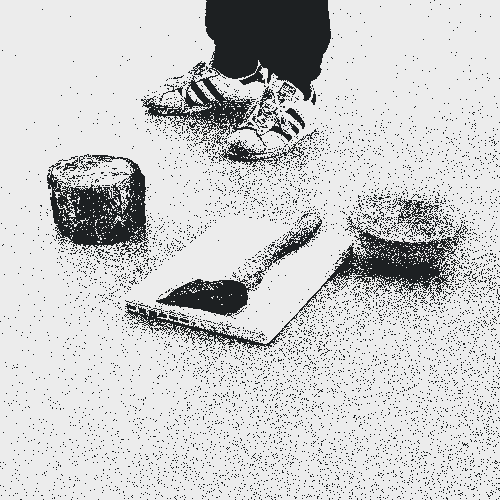Things are people too [Talk]

Broadcast on:
Sep 20, 2020
“Animism had endowed things with souls; industrialism makes souls into things.” - Max Horkheimer and Theodor Adorno
The talk circles around notions of care for the non-human and more specifically for the technologies that we surround ourselves with. Anne-Marie Willis’ ontological design describes how we not only design objects, but also how these objects design our ontologies. Consumer electronics and algorithms became steady companions in our life. Not only do we interact with them on a regular base, they also accompany us throughout the day. We could call them companion technologies, following Donna Haraway’s concept of companion species — digital technologies and people, who are bonded in significant otherness.
These technological products and processes are highly designed and branded experiences, to be consumed and discarded. They gift us a membership of specific cultural demographics. They’re not made to last, unlike you would expect from a good pair of shoes. Their frictionless design makes them easily replaceable, which also expresses itself in the sheer unrepairability. Following these lines of thought, design practices disable not only the care for the thing, but also our understanding of the importance to care for our immediate environment.
Consumer electronics become mediators of ontological affordances.
Alternative ways of caring for companion technologies are found in animistic practice. Animistic epistemologies enable us to level the ontological field and create social ties to things. These epistemologies then enable different ways for caring and respectful relations to the non-human. In the light of the environmental impact of todays technologies, cared for and long-living companion things seem to be a desirable alternative.
How then can we imagine our relationship to technological products and processes otherwise? How can we imagine their ontological status and our entanglement with them anew?